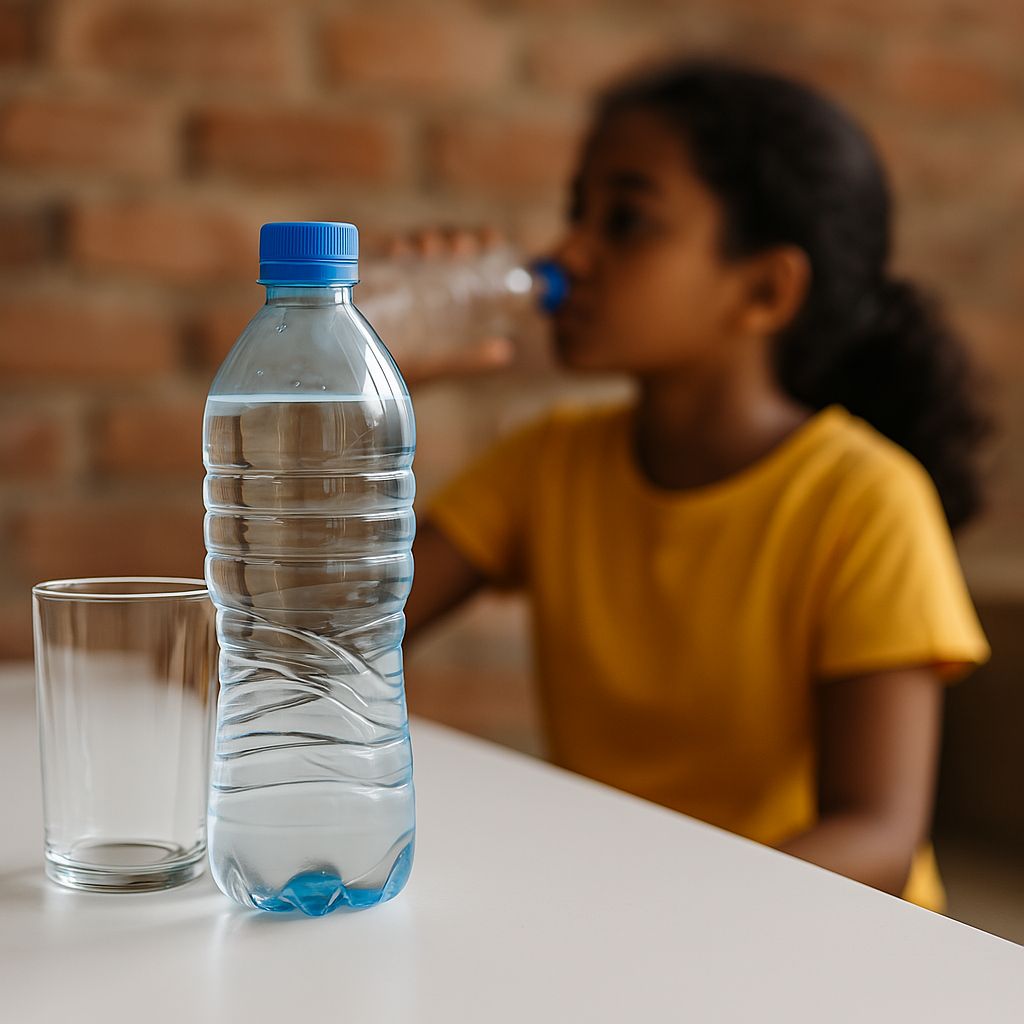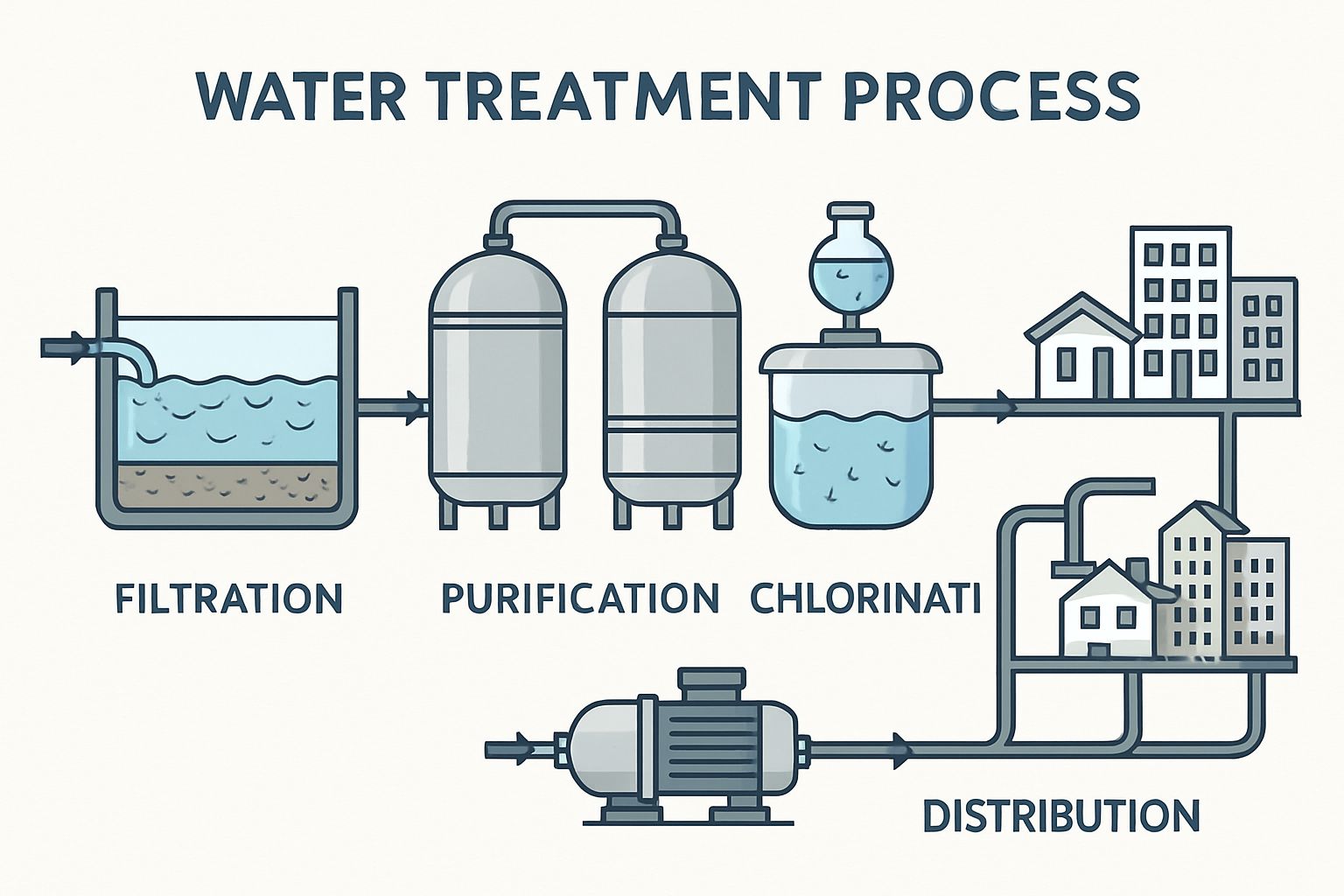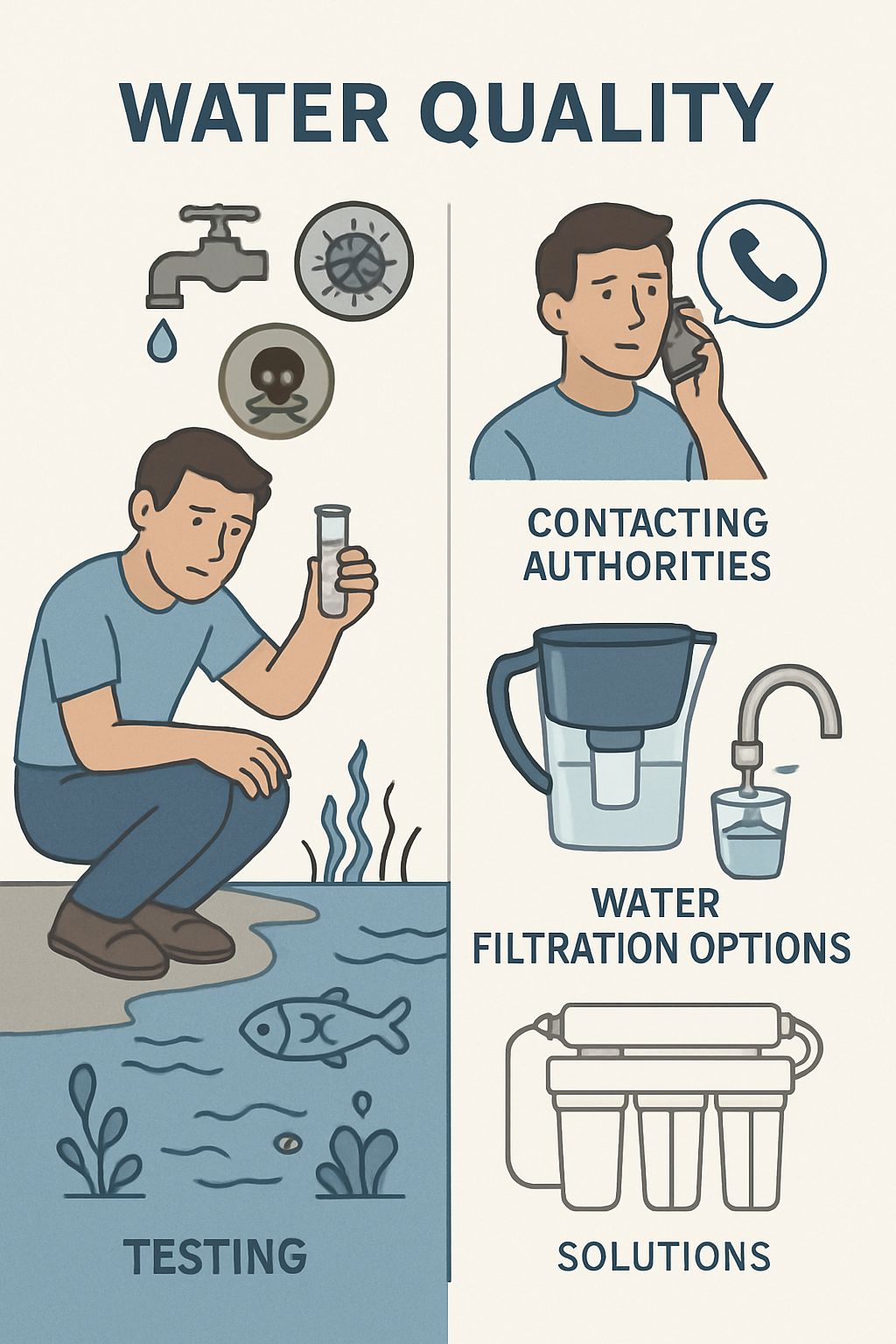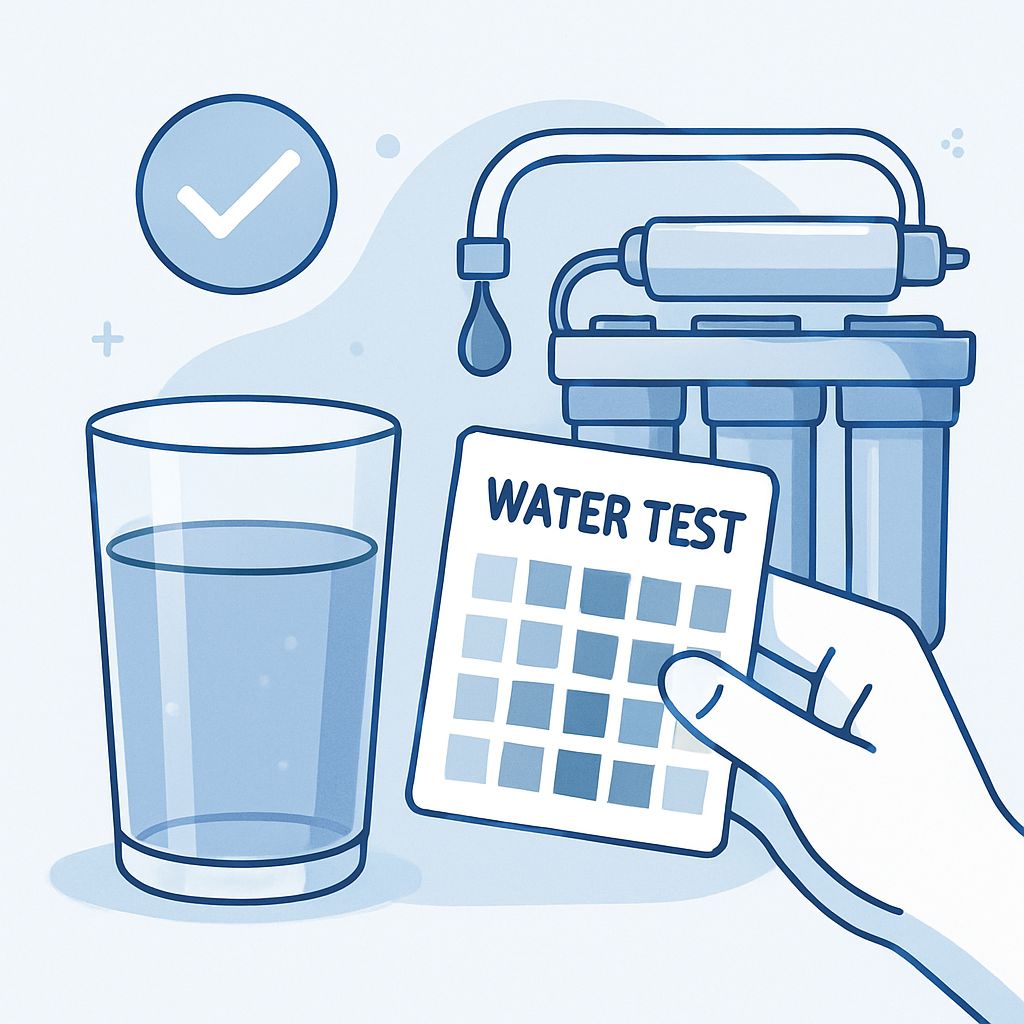
How Much Water Should You Drink?
Why Daily Water Intake Matters
Water is essential to every system in your body—from regulating temperature and digestion to carrying nutrients and removing waste. While it’s common to hear that you should drink 8 glasses a day, the reality is a little more personalised.
Your ideal water intake depends on several factors, including your weight, activity level, climate, and overall health. At the same time, millions across the world do not have access to clean water at all.
In this guide, we’ll explore:
- How much water you should actually drink
- What affects your hydration needs
- Signs you may be dehydrated
- How ARO is providing clean water to those without it
General Water Intake Recommendations
According to the Australian National Health and Medical Research Council, the recommended daily fluid intake is:
| Group | Recommended Intake |
| Adult Women | ~2.1 litres (about 8 cups) |
| Adult Men | ~2.6 litres (about 10 cups) |
| Pregnant Women | ~2.3 litres |
| Breastfeeding Women | ~2.6 litres |
| Children (4–8 yrs) | ~1.2 litres |
| Teenagers (14–18 yrs) | 1.6 – 2.6 litres |
These figures include all fluids, not just water—from tea and juice to the water content in food. But plain water remains the best way to stay hydrated.
Factors That Affect How Much Water You Need
You may need more water if:
- You exercise regularly: Add 400–600ml for every 30 minutes of physical activity.
- You live in a hot or dry climate: Increased sweat means more fluid loss.
- You are sick: Fever, diarrhoea, or vomiting can dehydrate you quickly.
- You are pregnant or breastfeeding: Your body’s needs increase significantly.
Apps and smart bottles can help track intake, but listening to your body is equally important.
How to Tell If You’re Not Drinking Enough
Common signs of dehydration include:
- Thirst
- Dry mouth or lips
- Fatigue or dizziness
- Headaches
- Dark-coloured urine
Severe dehydration can lead to serious health complications such as kidney stones, urinary tract infections, and even heatstroke.
A good rule of thumb: If you rarely feel thirsty and your urine is light yellow, your hydration is likely on track.
Does It Have to Be Water?
Not entirely. While water is ideal, you can hydrate through:
- Herbal teas
- Broths
- Fruits like watermelon, oranges, and cucumber
- Milk or plant-based alternatives
However, avoid over-relying on sugary drinks or excessive caffeine, as they can have a diuretic effect.
How Water Access Impacts Health and Survival
We often take hydration for granted—but many people around the world don’t have that luxury. In some parts of the world, people drink less than 500ml per day of unsafe water simply because they have no choice.
This is not just a health concern—it’s a humanitarian emergency.
ARO’s Clean Water Projects: Making Every Drop Count
At the Australian Relief Organisation (ARO), we are committed to solving the water crisis by:
- Building clean water wells in water-scarce communities
- Installing water filtration systems to remove contaminants
- Maintaining long-term access to safe drinking water
- Educating locals on hygiene and water conservation
These initiatives provide families with access to safe, drinkable water—supporting not just survival, but health, education, and dignity.
Why Clean Water Matters:
- Reduces child mortality due to waterborne diseases
- Improves school attendance—especially for girls
- Empowers communities to be self-sufficient and resilient
How You Can Help
While you’re tracking your water intake with a smart bottle or reminding yourself with an app, consider this: someone else is walking kilometers to collect contaminated water.
You can make a difference by supporting ARO’s clean water programs.
Build a water well in your name or on behalf of a loved one. Donate Now
Related Project: Clean Water



